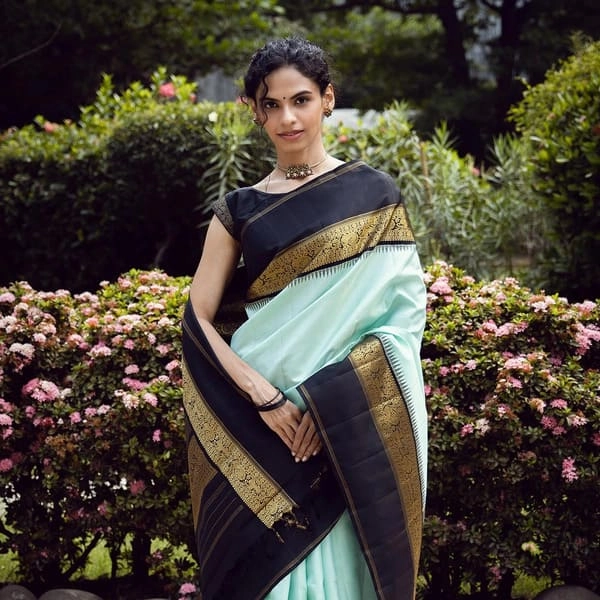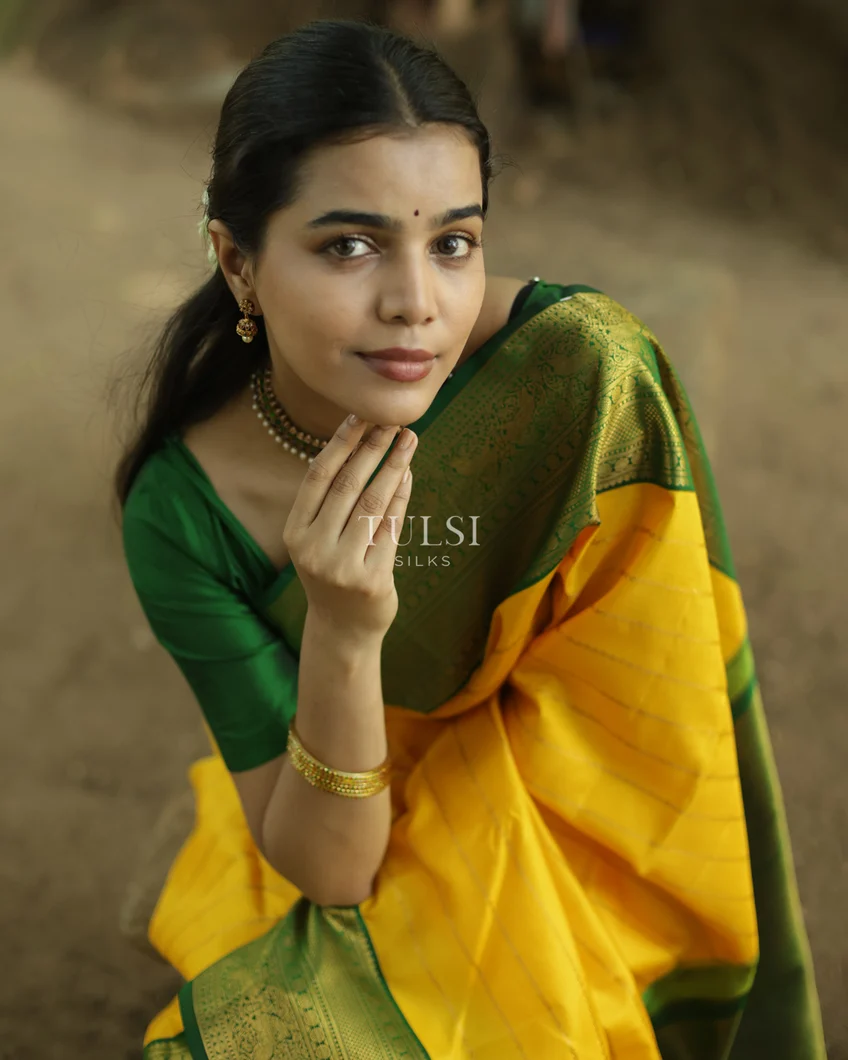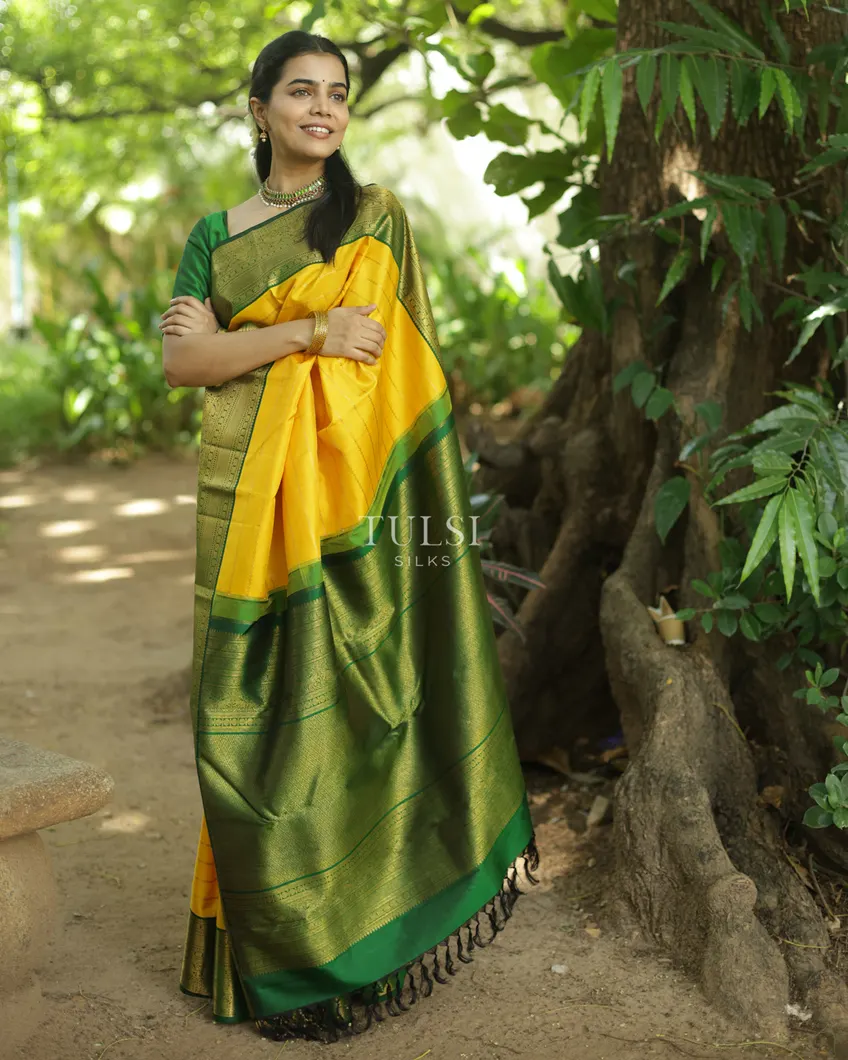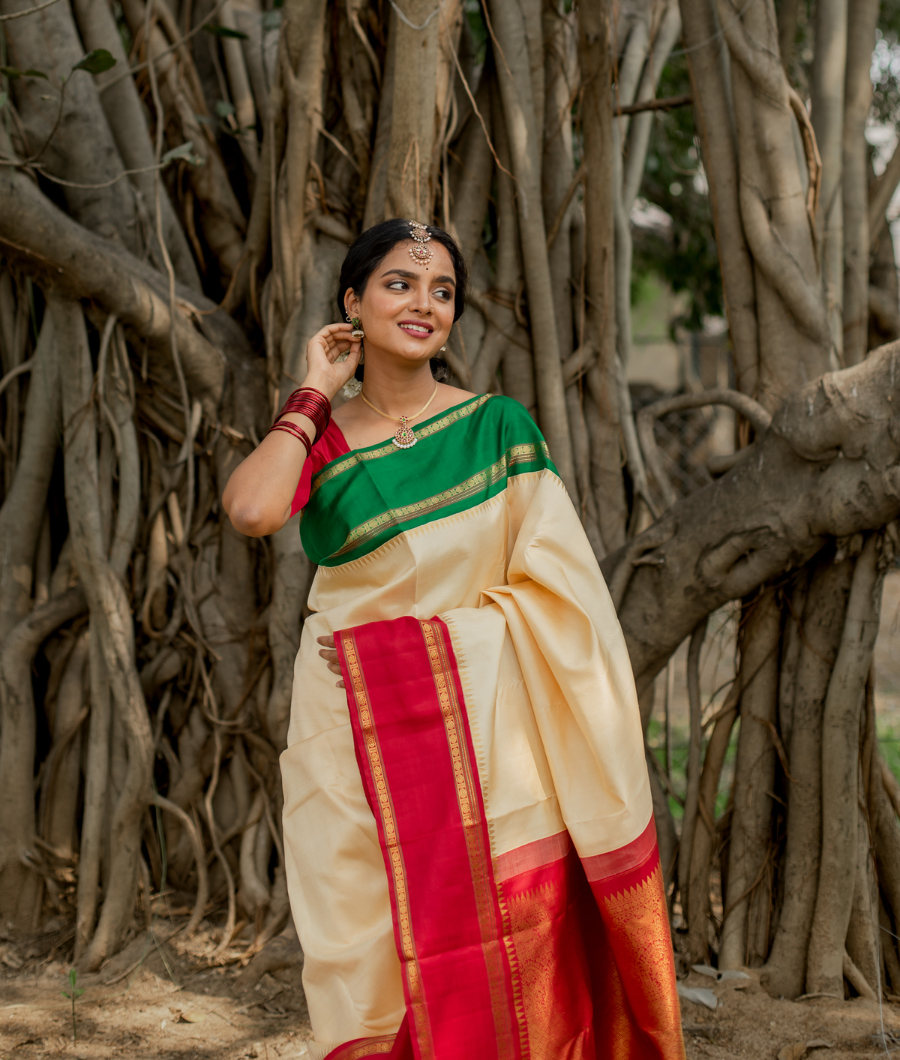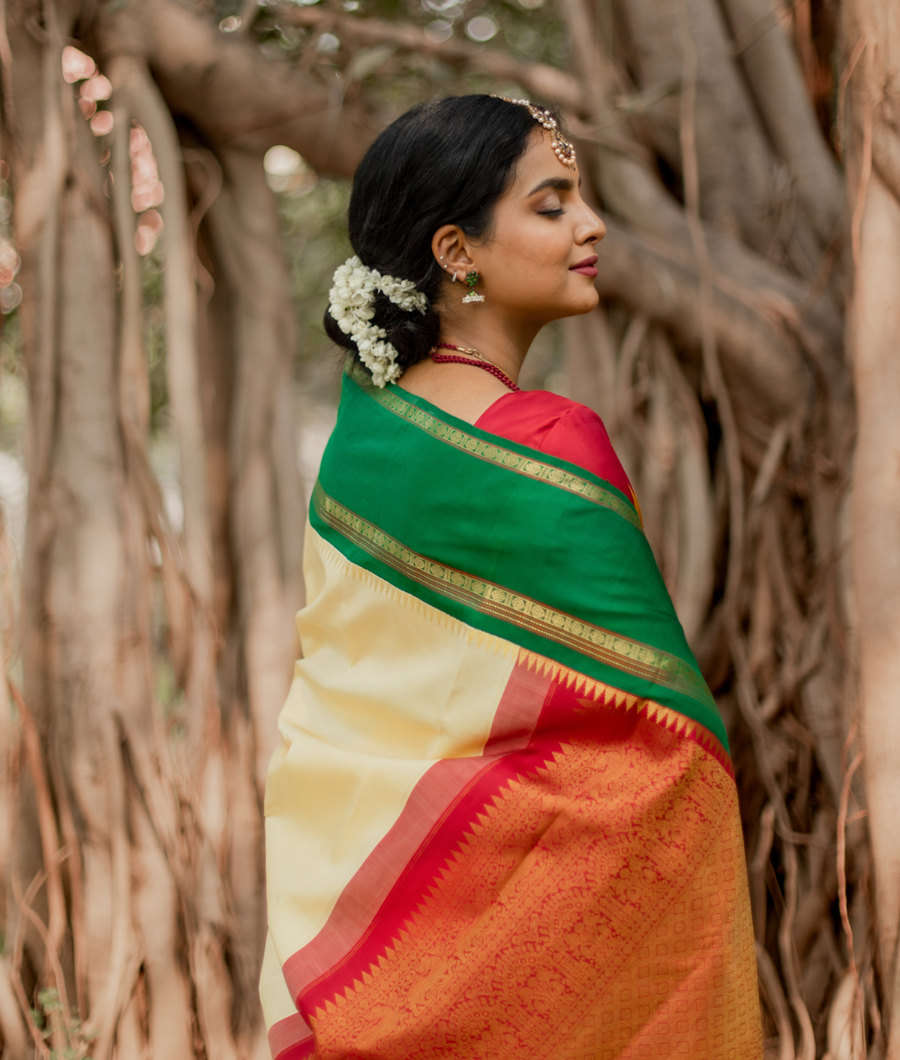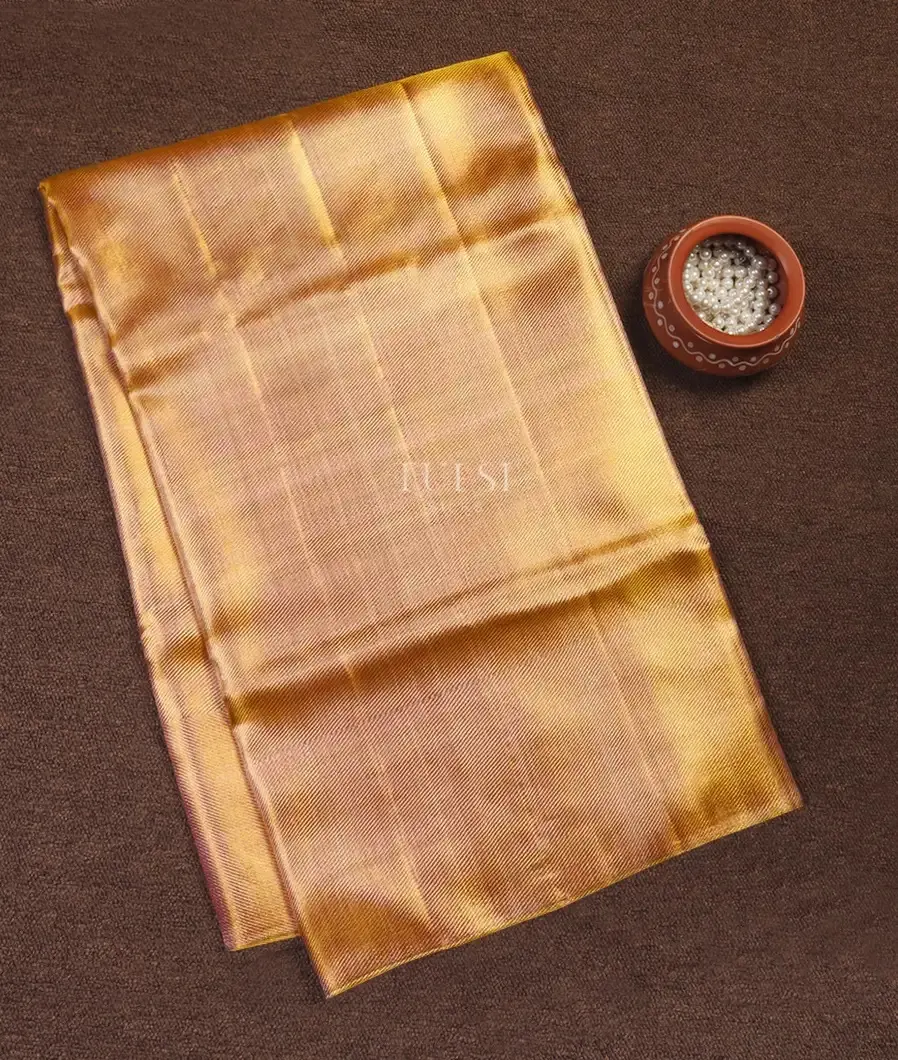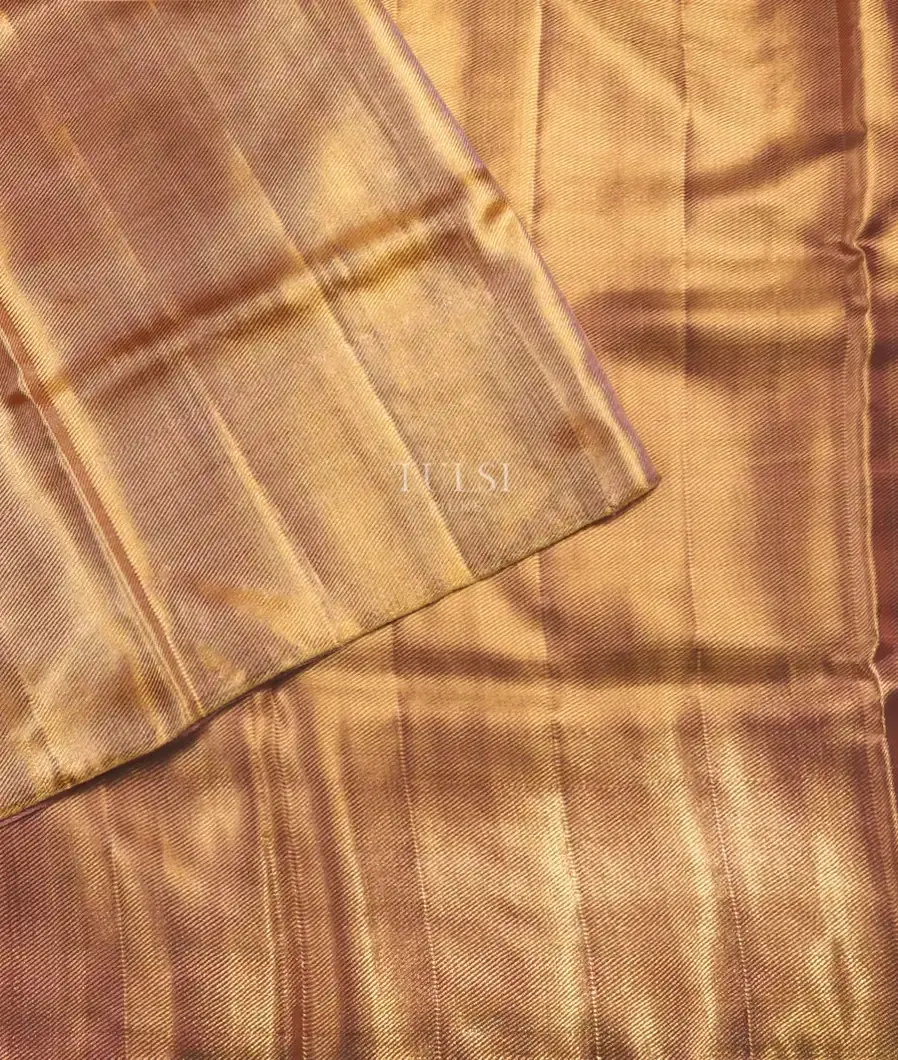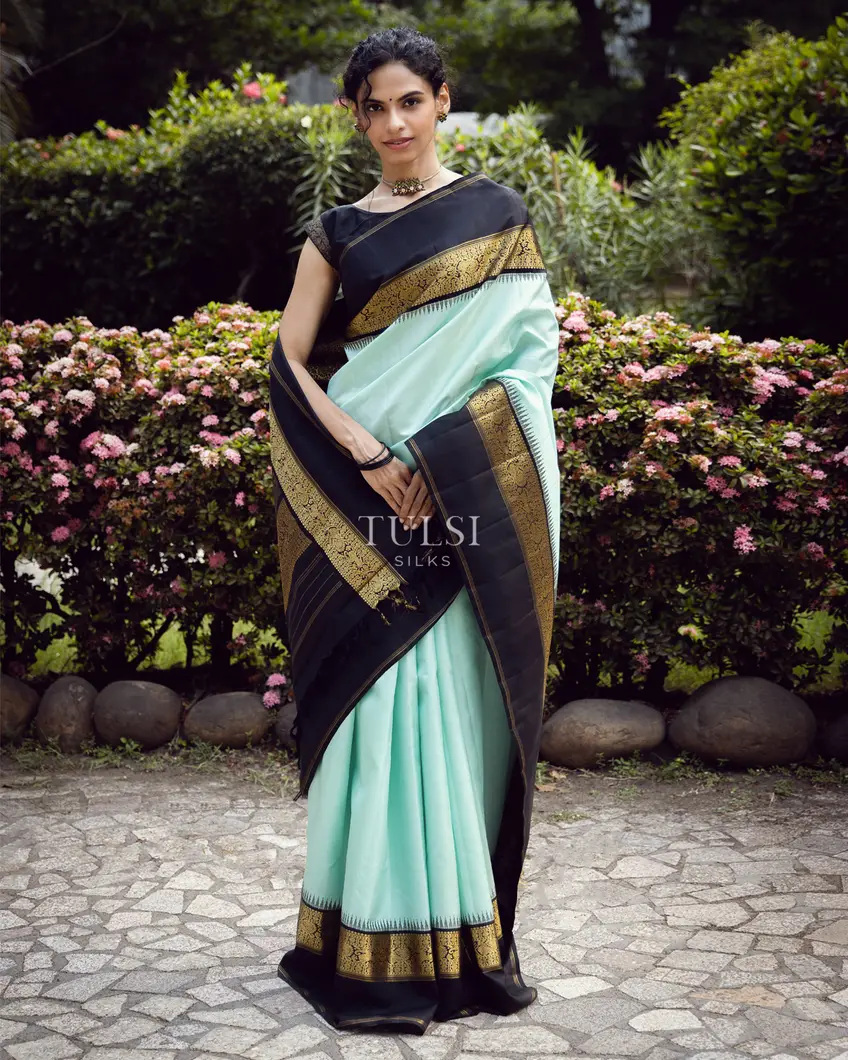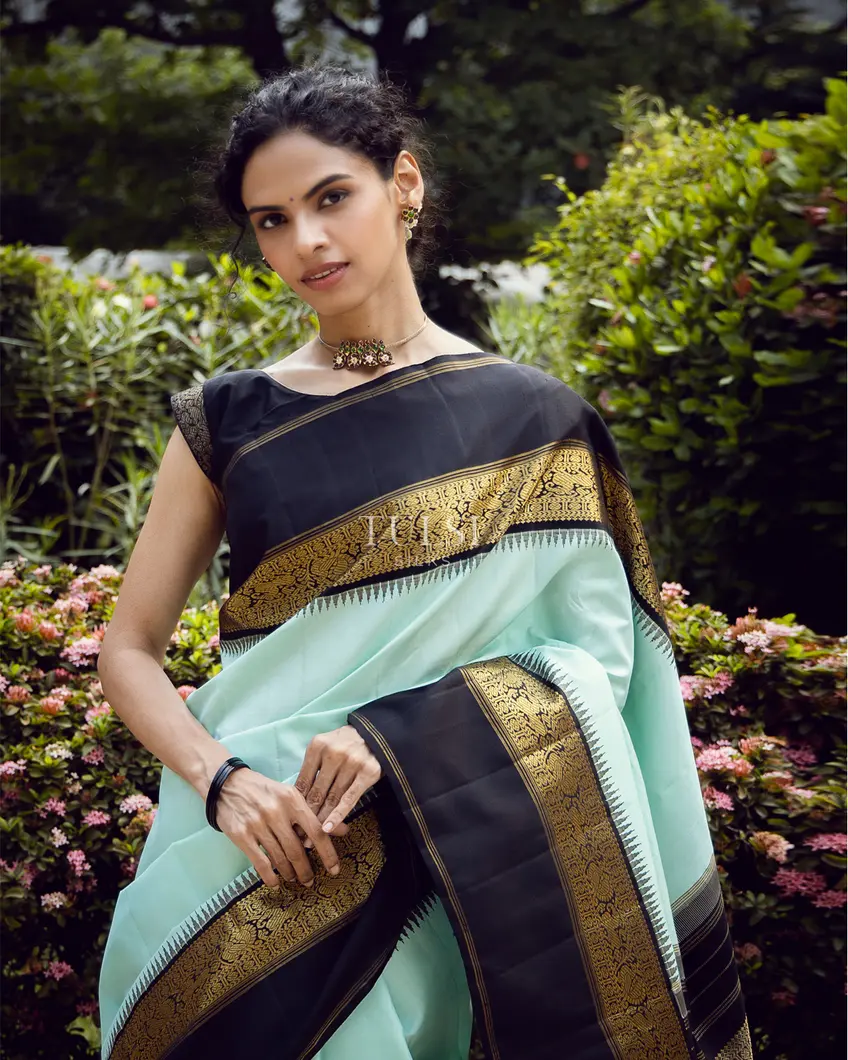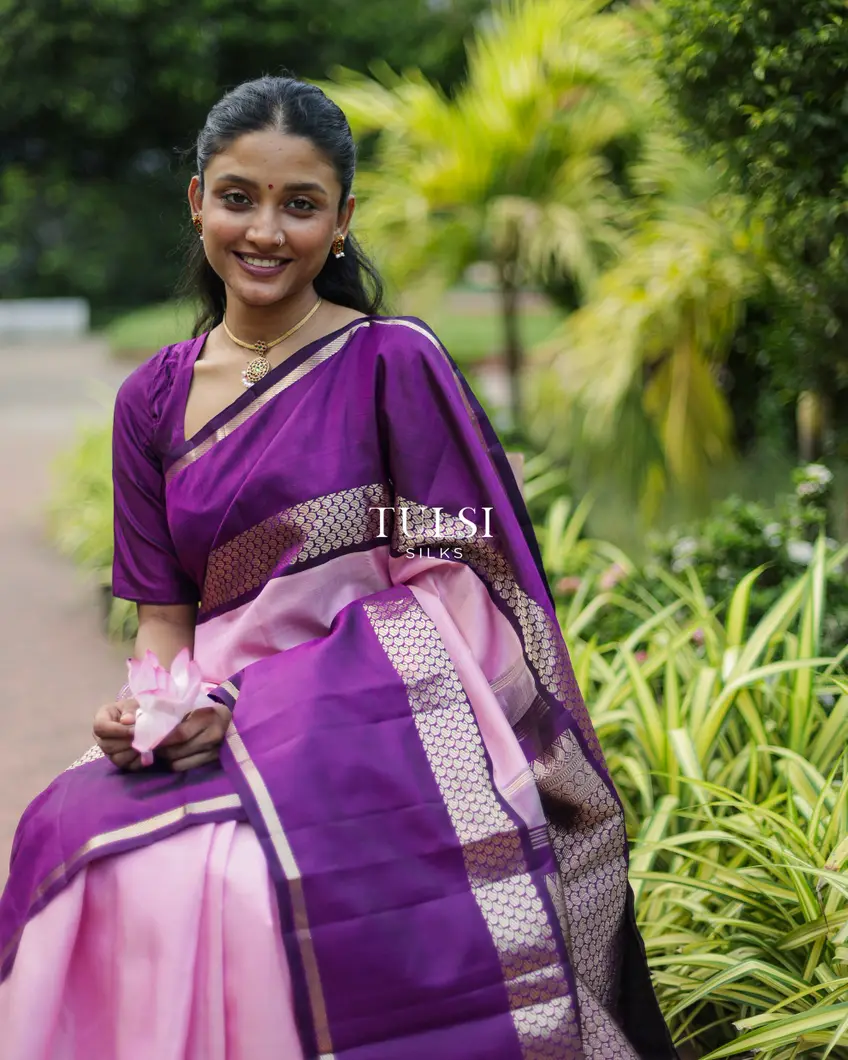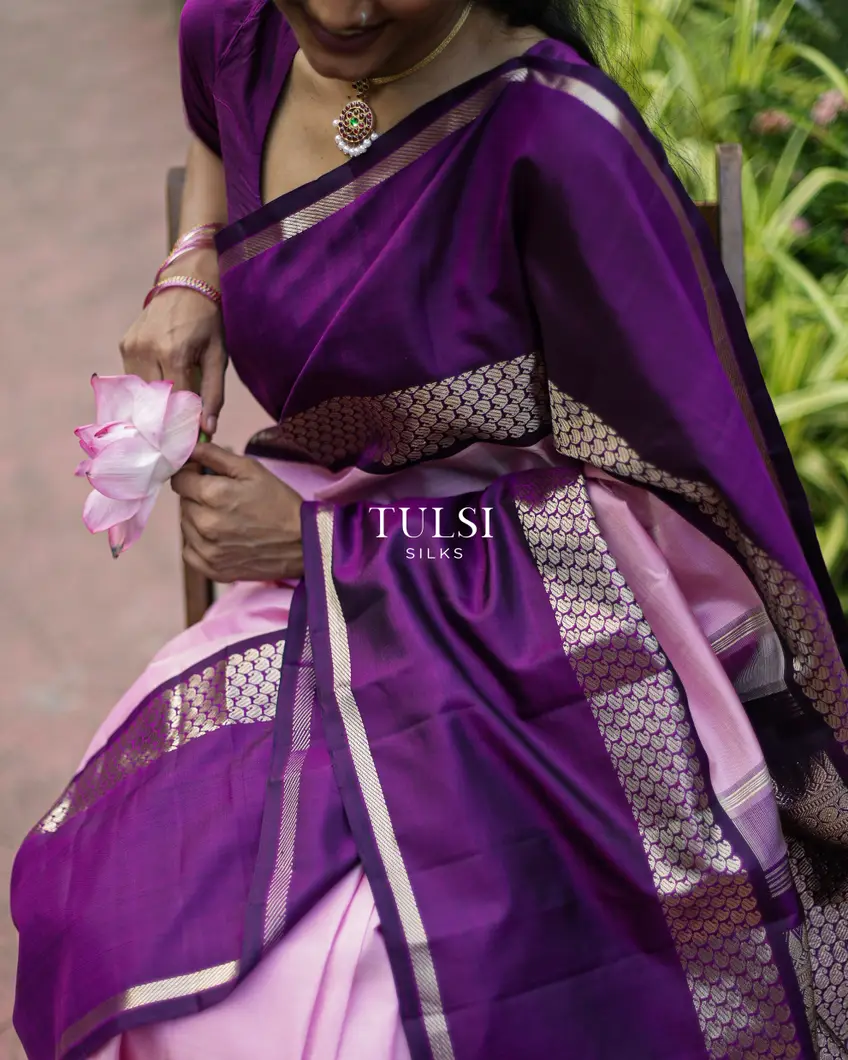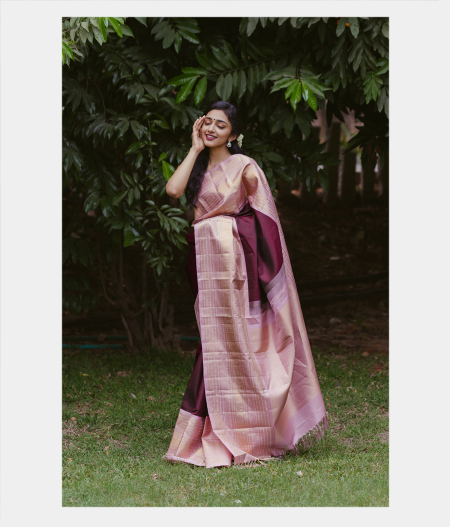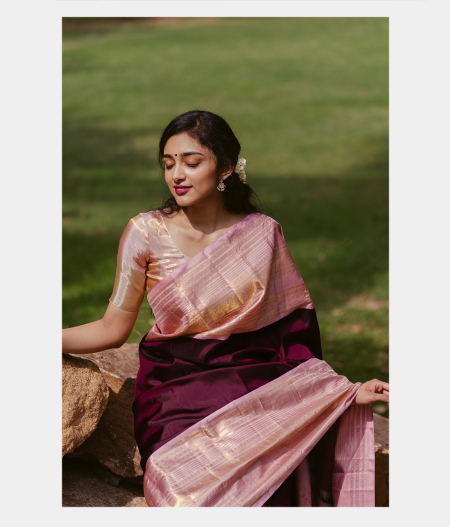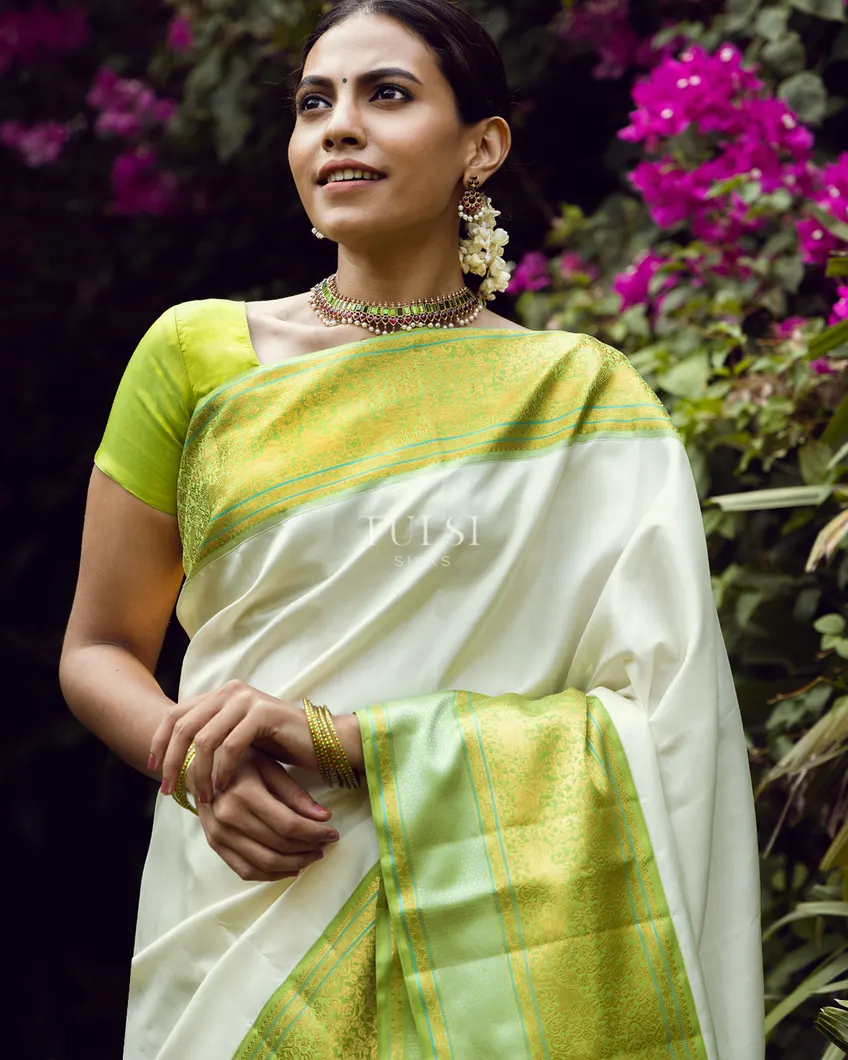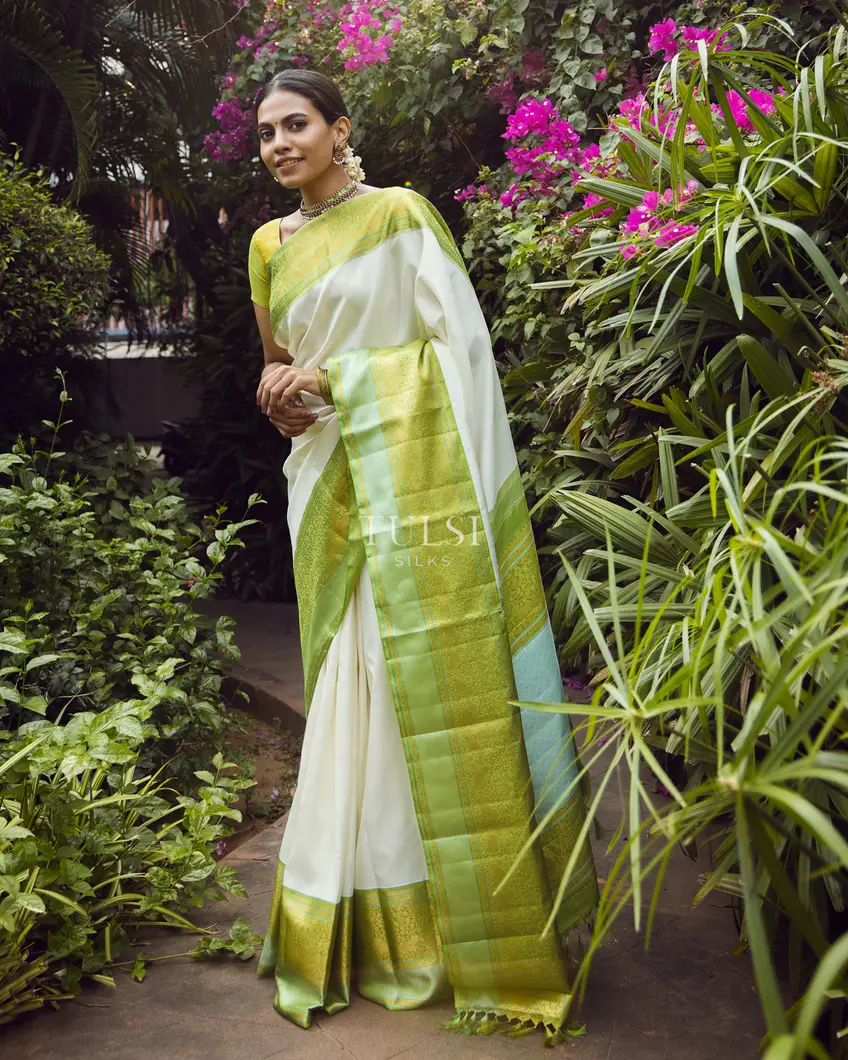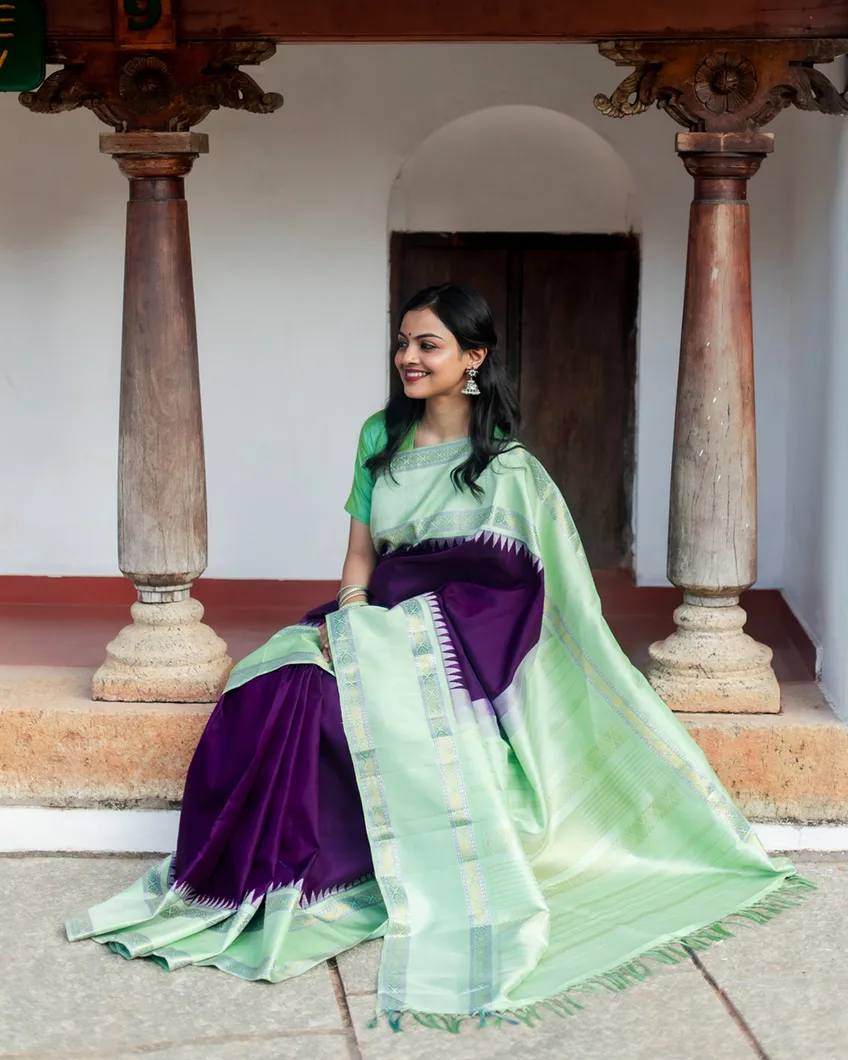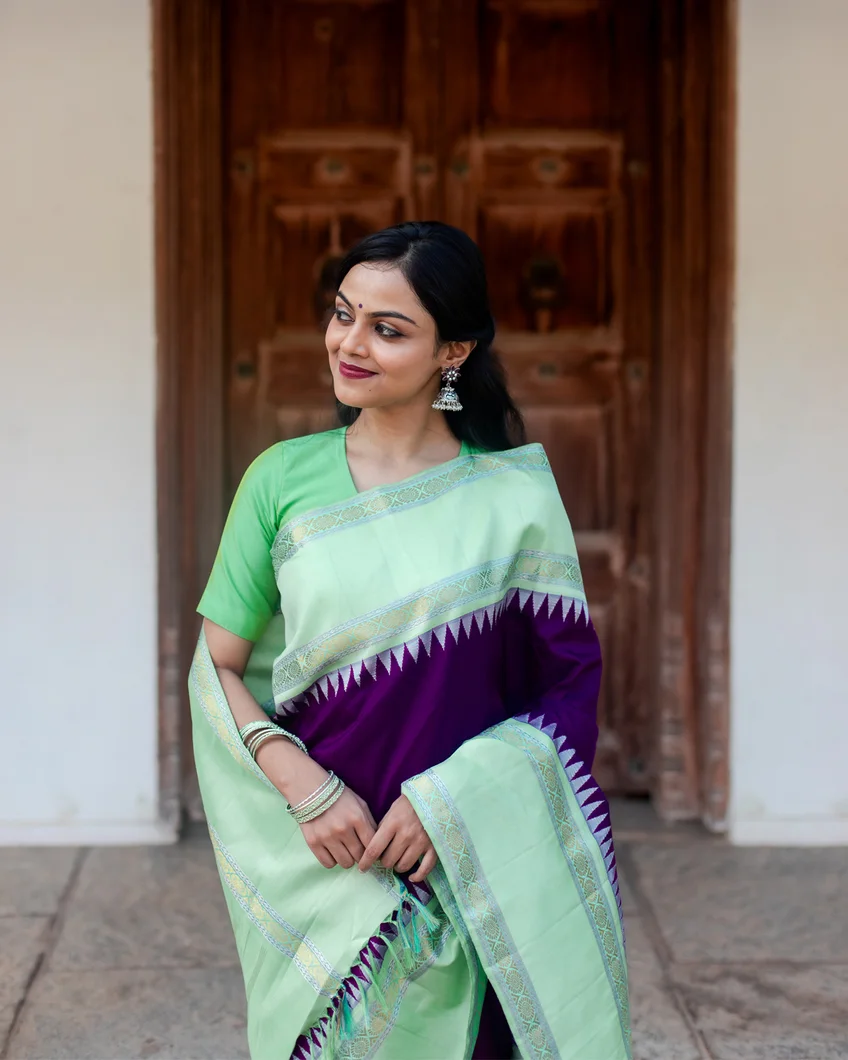Handwoven Kanjivaram Silk Sarees - Timeless Craftsmanship from Kanchipuram
Few weaves in the world can match the grandeur of a Kanjivaram silk saree, especially when it is handwoven. Handwoven Kanjivaram Sarees represent centuries of artistry, dedication, and cultural heritage. Each saree is painstakingly woven by skilled artisans on traditional looms, ensuring authenticity and luxury. At Tulsi Silks, we are proud to curate an exquisite Handwoven Kanjivaram Collection that reflects the pride of South Indian weaving traditions.
The Legacy of Handwoven Kanjivaram Sarees
Kanjivaram sarees are woven in Kanchipuram, Tamil Nadu, a town famous for silk weaving for over 400 years. Handwoven sarees here are crafted from fine mulberry silk and interlaced with pure zari, making them strong, lustrous, and heirloom-worthy. Unlike machine-woven silks, Handwoven Sarees carry the personal touch of artisans who pass down techniques through generations. Just like Banarasi Sarees from Varanasi, Kanjivarams are regarded as India's most treasured silk sarees.
Why Handwoven Kanjivarams Are Special
A handwoven saree is not just fabric; it is art. Each piece can take anywhere between 15 days to six months to complete, depending on the intricacy of the design. Handweaving ensures uniqueness, since no two sarees are exactly alike. This craftsmanship makes Handwoven Kanchipuram Sarees a collector's dream. They are also more durable than powerloom silks and carry a natural sheen that cannot be replicated by machines.
Unique Features of Handwoven Kanjivaram Sarees
At Tulsi Silks, our handwoven sarees are carefully chosen for their authenticity. Distinct features include:
- Pure Mulberry Silk: Luxurious silk threads sourced locally from South India.
- Korvai Borders: Contrasting body and border woven separately and interlocked for durability.
- Zari Craftsmanship: Borders and pallus woven with pure gold and silver zari threads.
- Traditional Motifs: Peacock, temple, mango, and rudraksha motifs that carry cultural symbolism.
- Durability: Known to last for generations when properly cared for.
These features make handwoven Kanjivarams as unique as our Korvai Sarees and Traditional Sarees, both celebrated for intricate weaving techniques.
Types of Handwoven Kanjivaram Sarees at Tulsi Silks
Our handwoven Kanjivarams are available in a variety of styles to match every occasion:
- Classic Handwoven Kanjivarams: Rich maroon, red, and mustard shades with heavy zari borders.
- Tissue Handwoven Sarees: Sheer and golden-toned, similar to our Tissue Kanjivarams.
- Lightweight Handlooms: Easier to drape, similar to Silk Cotton Sarees.
- Temple Border Sarees: Featuring gopuram-inspired borders, just like our Temple Sarees.
- Pastel Handwoven Silks: Nude, lavender, and peach tones for contemporary appeal, much like our Pastel Sarees.
Handwoven Kanjivarams for Weddings and Festivals
Handwoven Kanjivaram sarees are considered auspicious and are a staple in South Indian weddings. Brides often choose them for their muhurtham or reception ceremonies because of their richness. Families also pass them down as heirlooms. Beyond weddings, they are perfect for Diwali, Pongal, Navratri, and temple festivals, much like our Festive Sarees and Wedding Sarees.
Styling Handwoven Kanjivaram Sarees
The grandeur of a handwoven silk saree can be styled in multiple ways. Pair them with antique gold jewelry for a traditional look, or with diamond and kundan sets for weddings. Contemporary blouses in velvet or embroidered silk can also create a fusion appearance. Much like Banarasi Sarees, handwoven Kanjivarams have the versatility to shift between classic and modern styling.
The Weaving Craft
The art of handweaving a Kanjivaram saree is a meticulous process. Artisans work on pit looms, carefully interlocking silk and zari threads to create patterns that are both strong and elegant. Unlike machine-made sarees, every handwoven piece has subtle irregularities that add to its uniqueness. This attention to detail is also evident in our Gadwal Sarees and Pochampalli Sarees, both of which highlight South India's weaving legacy.
Care Tips for Handwoven Kanjivaram Sarees
To preserve the artistry of your handwoven Kanjivaram silk:
- Always dry clean to maintain the silk's natural sheen.
- Store in muslin cloth to prevent damage.
- Refold regularly to avoid creasing at the same lines.
- Keep away from moisture and sunlight to prevent fading.
With proper care, a handwoven Kanjivaram silk saree lasts for generations, much like our Bridal Kanjivarams and Tussar Sarees.
Handwoven Kanjivaram Sarees at Tulsi Silks
Tulsi Silks has been synonymous with Kanjivaram sarees for decades. Our handwoven collection represents tradition, quality, and luxury. Every saree is sourced directly from skilled weavers, ensuring authenticity and fair practices. Whether you are a bride-to-be or a saree connoisseur, our handwoven Kanjivarams are perfect additions to your collection.
Conclusion
A Handwoven Kanjivaram Silk Saree is not just attire; it is a legacy of South Indian artistry. At Tulsi Silks, we invite you to explore our range of handwoven silks alongside Banarasi Sarees, Festive Sarees, Bridal Kanjivarams, Korvai Sarees, and Traditional Sarees. Each collection celebrates India's weaving traditions while bringing timeless beauty to your wardrobe.

